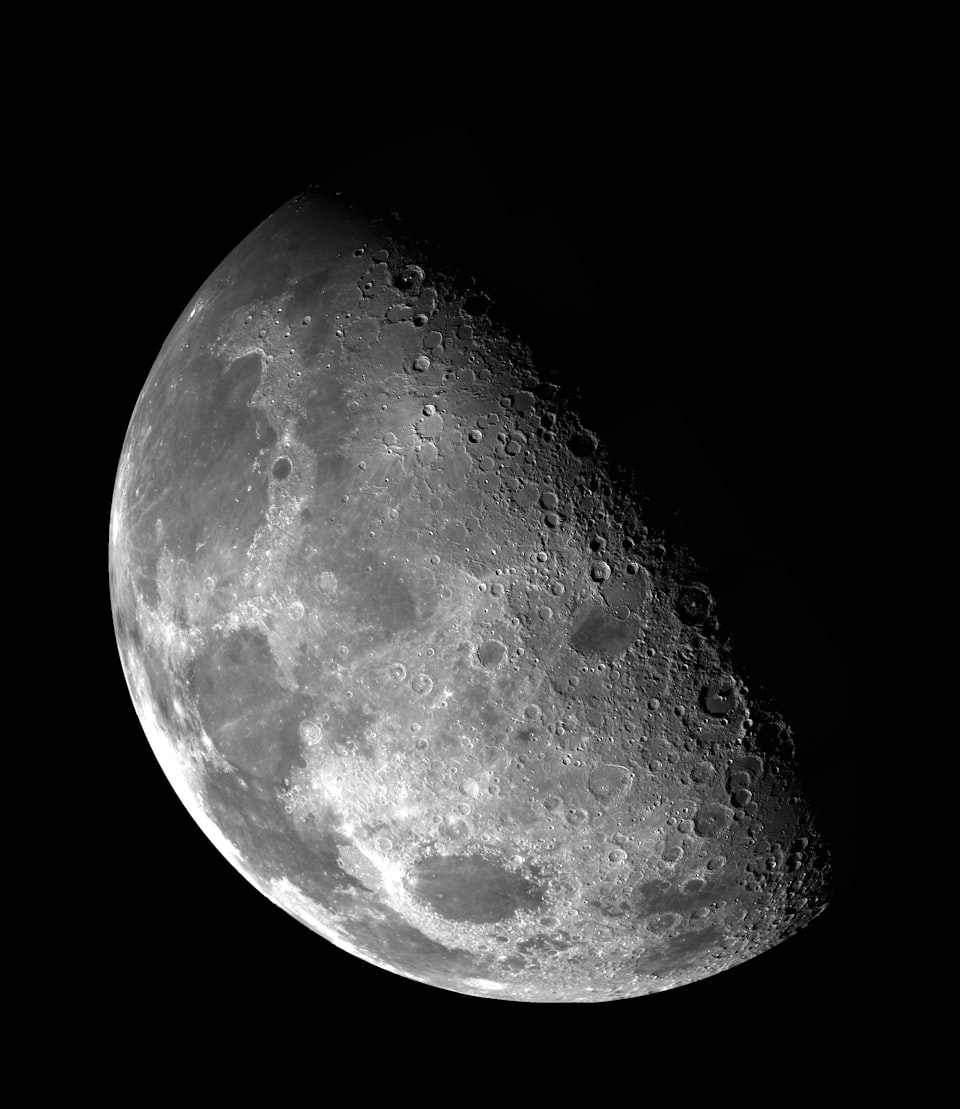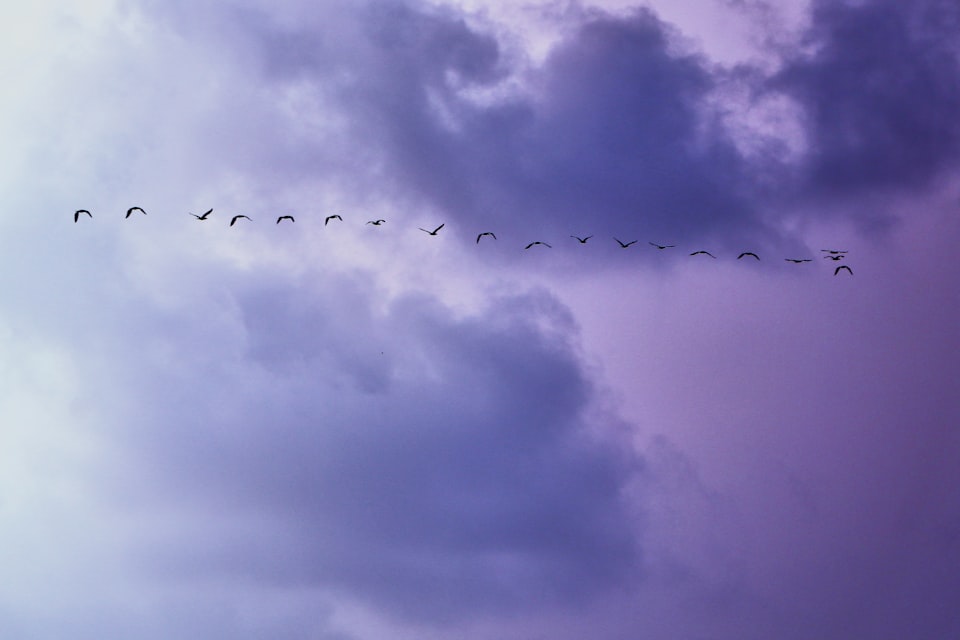Hello, there. It was a busy week at NASA. The reason? We're trying to go to the moon again, and this week was supposed to be the first test for that. To know the details of what NASA is trying to do, I would like to start with some history and then move on to the details of the present. Buckle up; we're going to the moon, not through cryptocurrencies, but for real.
Apollo
The Apollo Program was a project conducted by NASA to put humans on the moon. There were a total of 17 Apollo Space Missions, and 6 of them landed on the moon. We went to the moon for the first time in 1969, and we've been there five times after that. The last humans set foot on the moon in 1972. There have been 24 human visitors and 12 Moon Walkers (what a cool nickname to have!).
The Apollo Program was full of achievements and setbacks, including three deaths (Apollo 1), the first moon landing (Apollo 11), the first precision landing on the Moon (Apollo 12), an extraordinary story of survival (Apollo 13 — watch the Tom Hanks movie of the same name, it's incredible), the first landing in Lunar Highlands (Apollo 14), the first use of the Lunar Rover (Apollo 15), the exploration of Lunar Highlands (Apollo 16), and the last walk on the moon till date (Apollo 17) in 1972. The Apollo Program is still one of humanity's most outstanding scientific achievements. Here's a detailed timeline of the Apollo Program.
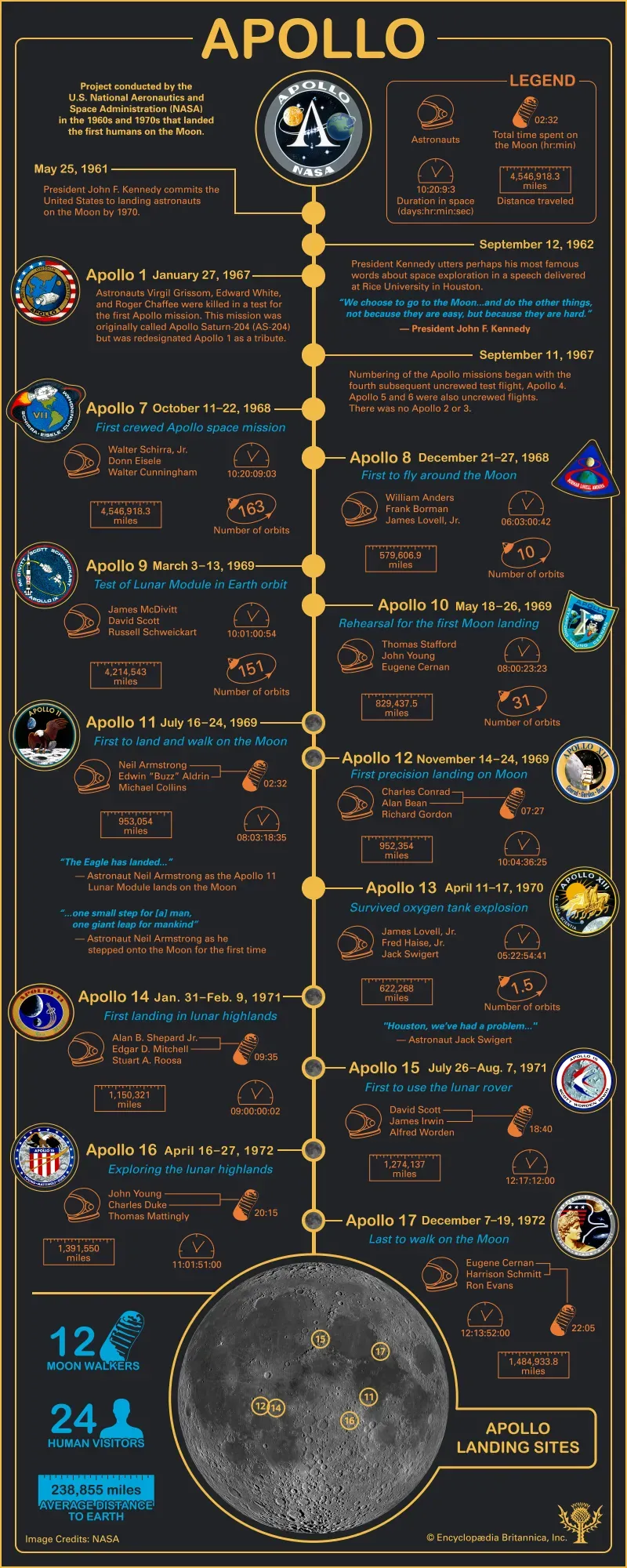
Artemis
Though Apollo was a milestone, it has been 50 years since we visited the moon. We have more advanced and sophisticated technology now, and it's about time to pay a visit to the moon again. With the Artemis program, NASA plans to land the first woman and person of color on the moon; to inspire the next generation of explorers; for more scientific discoveries about the moon and is collaborating with commercial and international partners to establish a long-term presence on the moon. NASA also has another agenda behind this program: to use what we learn on the moon to take a more significant leap — to send astronauts to Mars.
Missions
The Artemis program has three primary missions and three support missions. The main missions, Artemis I, Artemis II, and Artemis III, will involve main tests and landings, while the support missions deliver essential elements to the main missions. Here's a picture with the mission details.
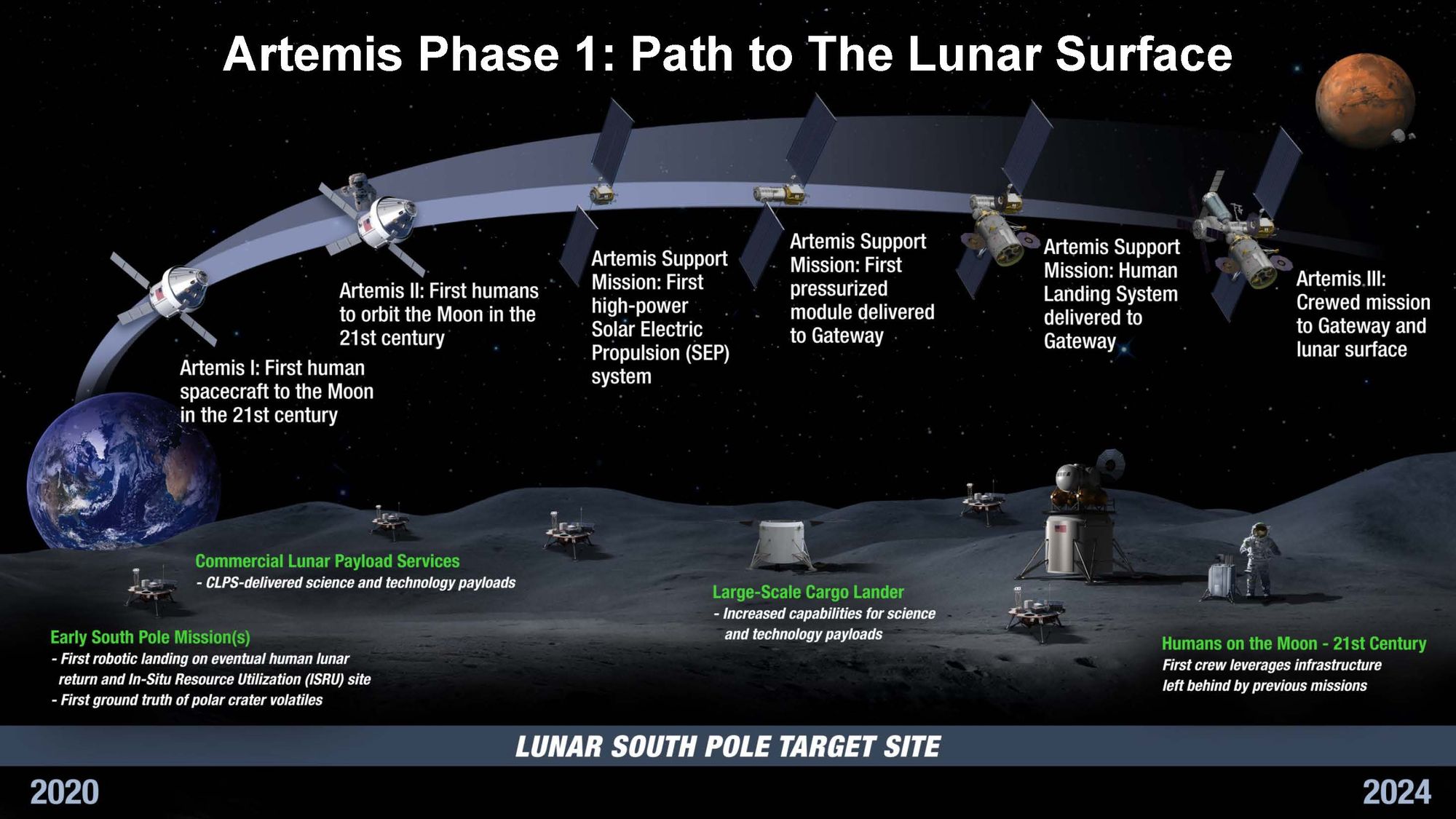
How are we going to the moon?
The next order of business is the details of the mission. In a nutshell, NASA plans to build a base camp on the moon's surface and a gateway in orbit. Overall, there are six main components in the Artemis program.
- The Orion Spacecraft — The spacecraft that will carry the astronauts from the Earth to the lunar orbit and back.

2. The Space Launch System Rocket (SLS) — The only rocket that can send Orion, astronauts, and cargo to the moon on a single mission. Upon launch, the SLS will be the most powerful rocket in the world.

3. The Exploration Ground Systems — Structures on the ground necessary to support the launches and recovery of the returning astronauts.

4. The Gateway — The spaceship in lunar orbit where astronauts will transfer between Orion and the lander on regular Artemis missions. Gateway will remain in orbit for more than a decade, providing a place to live and work and supporting long-term science and human exploration on and around the moon.

5. The Human Landing System — Human landing systems are the final mode of transportation that will take astronauts from lunar orbit to the surface and back to orbit.

6. The Artemis Base Camp — To give astronauts a place to live and work on the moon, the Artemis Base Camp concept includes a modern lunar cabin, a rover, and a mobile home.

Artemis I
Artemis I will be the first integrated flight test of NASA's Deep Space Exploration Systems: the Orion spacecraft, Space Launch System (SLS) rocket, with the newly upgraded Exploration Ground Systems at Kennedy Space Center in Cape Canaveral, Florida.
Goals
The primary operations goal of Artemis I is to assure a safe crew module entry, descent, splashdown, and recovery. In addition to sending Orion on its journey around the Moon, SLS will carry ten small satellites performing their science and technology investigations. The first in a series of increasingly complex missions, Artemis I will provide a foundation for human deep space exploration and demonstrate our commitment and capability to extend human existence to the moon and beyond before the first flight with the crew on Artemis II.
Artemis I doesn't have humans in the mission, but there are three astronauts. Yes, that doesn't sound very clear. But the astronauts are dummies called manikins. Commander Moonkin Campos will be "commanding" the mission to the moon. It is named after Arturo Campos, a NASA engineer who had a pivotal role in saving Apollo 13 astronauts. Campos will be placed in the commander's seat inside the rocket and wear an Orion Crew Survival System suit, "the same spacesuit that Artemis astronauts will use during launch, entry, and other dynamic phases of their missions." Campos will also be donning sensors to record radiation, acceleration, and vibration data — information that can help guide NASA's next mission.

Helga and Zohar, two more manikins fitted with 6000 radiation sensors, will travel inside the Orion spacecraft.
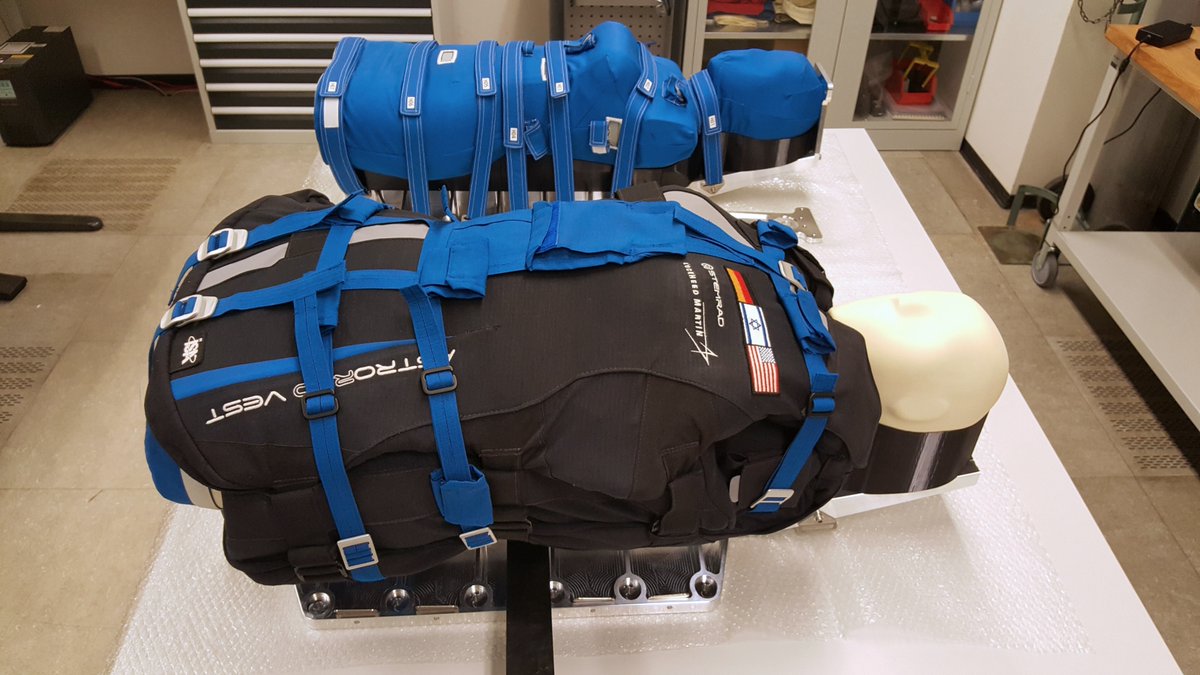
Trajectory
The trajectory of the mission is threefold. Below is a picture that depicts the trajectory perfectly if you follow the numbers. The green trajectory is from Earth to Moon, the gray one is around the moon, and the blue one is the return journey.
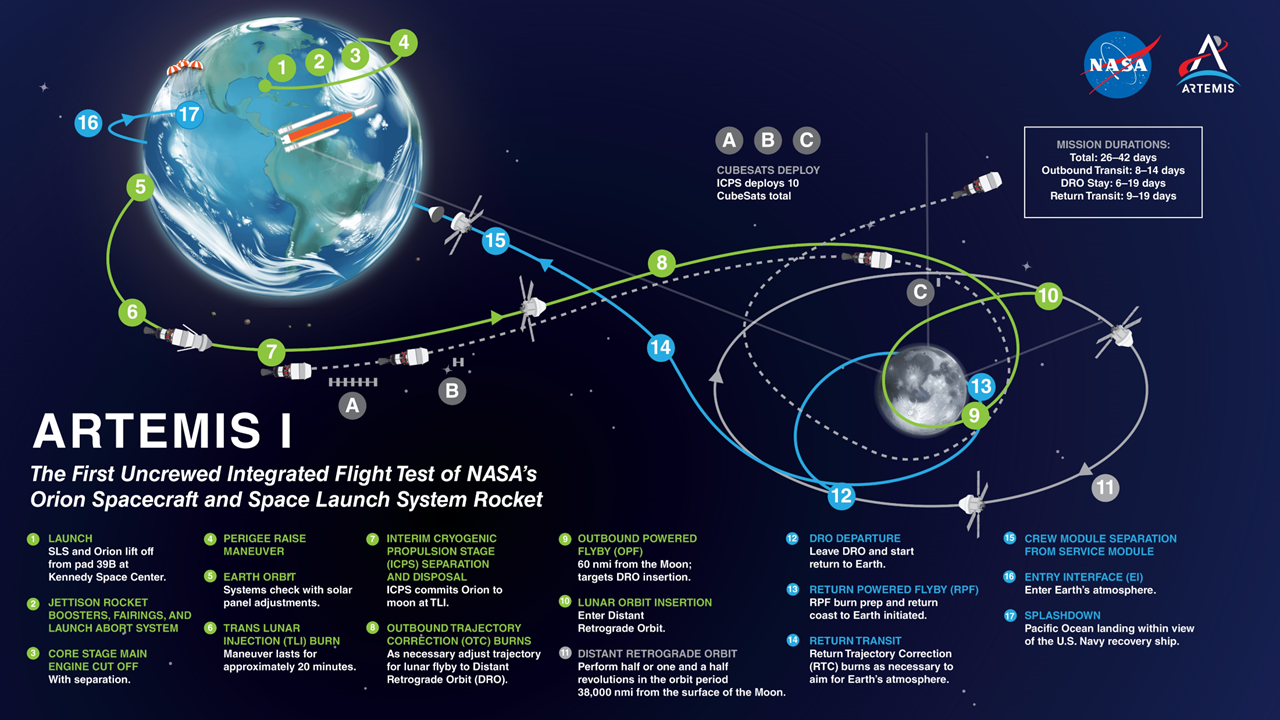
Recent Developments
Artemis I was the reason for the busy week at NASA. It was supposed to launch on August 29, 2022, but NASA scrubbed the launch due to unexpected problems with one of the rocket engines. NASA announced a second attempt yesterday (September 3, 2022) but had to scrub the launch again due to a leakage of the super-cooled liquid hydrogen propellant. After yesterday's issues, NASA announced that the launch will not be at least until September 19, 2022. As of now, the total planned mission duration is 37 days, ending on October 26, 2022.
These are exciting times we live in. Though there are temporary setbacks, we are going to the moon soon. We are going to learn a lot about the moon; there are discoveries to be made, waiting to inspire millions of next-generation explorers. Let's wait and see how everything goes. Below are some resources you could use to learn more and follow the latest updates on the Artemis Program. As always, thanks for reading. To the moon and back!
References and Resources
- https://www.britannica.com/story/timeline-of-the-apollo-space-missions
- https://www.nasa.gov/specials/artemis/#top
- https://spacecenter.org/artemis-i-mission-overview/
- https://www.nasa.gov/content/artemis-i-overview
- https://www.nasa.gov/feature/around-the-moon-with-nasa-s-first-launch-of-sls-with-orion
- https://en.wikipedia.org/wiki/Artemis_program
- Twitter - @NASAArtemis
- https://www.nasa.gov/specials/artemis-i/
